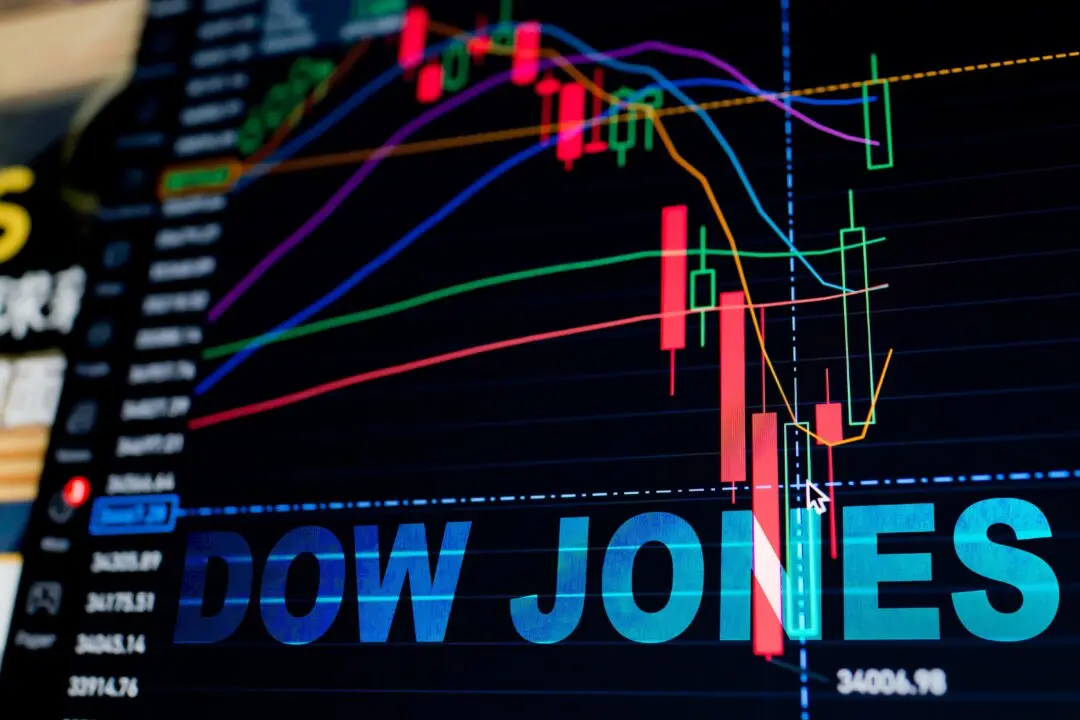After years of unusually low prices on airfare and vacation rentals during the pandemic, travel prices have taken off in 2022. And while travel price inflation has cooled with slowing demand and falling fuel prices this fall, it continues to affect travelers’ plans and budgets.
So with travel prices still well above their pre-pandemic levels, what does that mean for travelers’ hotel points and airline miles? Rewards programs regularly increase award prices, which are the number of points or miles needed to book a hotel night or flight. That practice devalues these currencies over time and renders customers’ collection of points and miles less useful. Yet, interestingly, the opposite effect seems to be happening this year.






